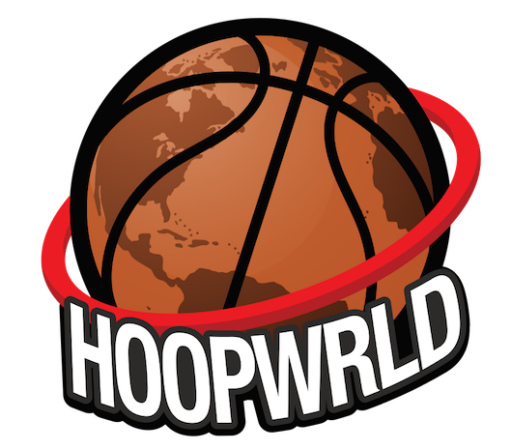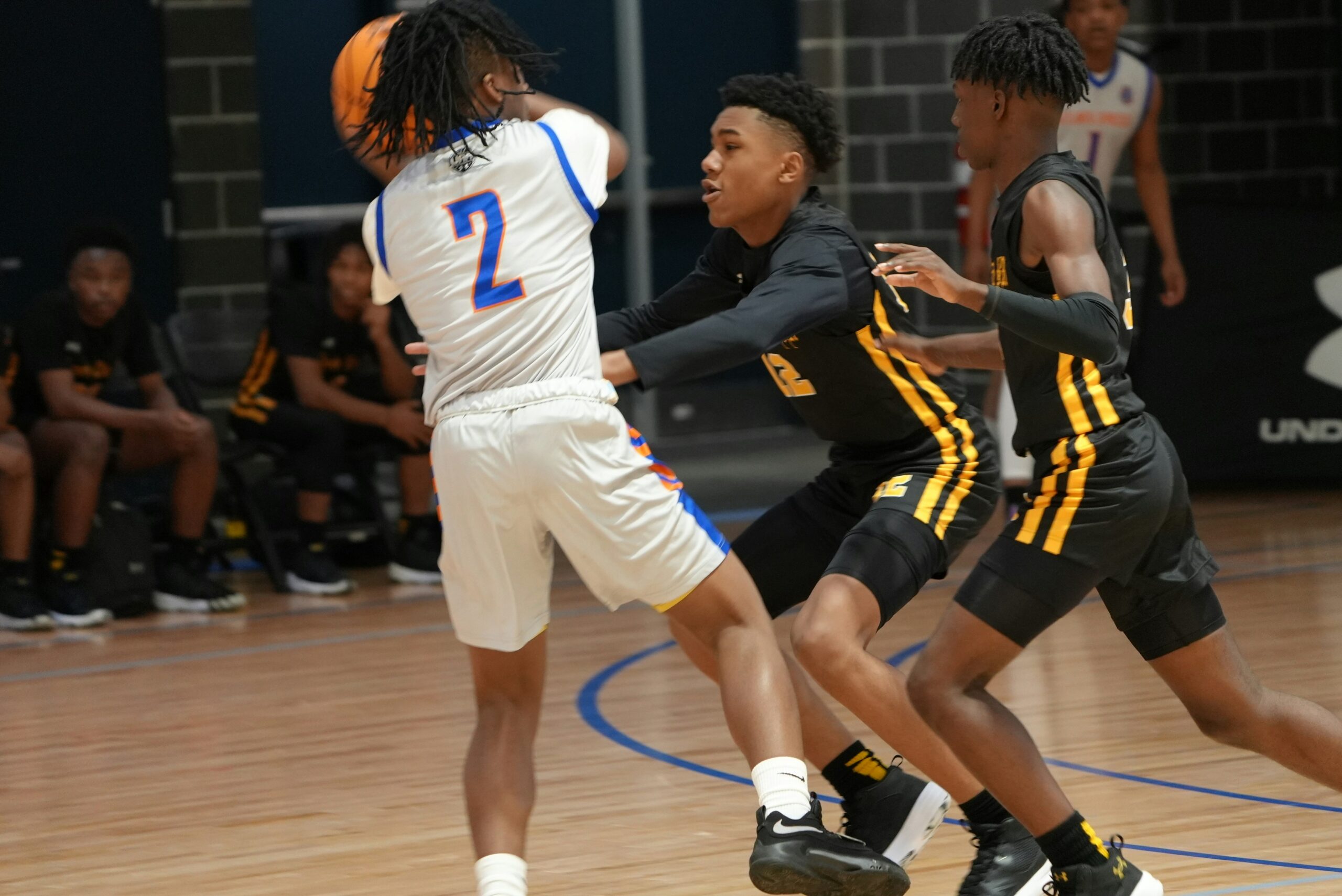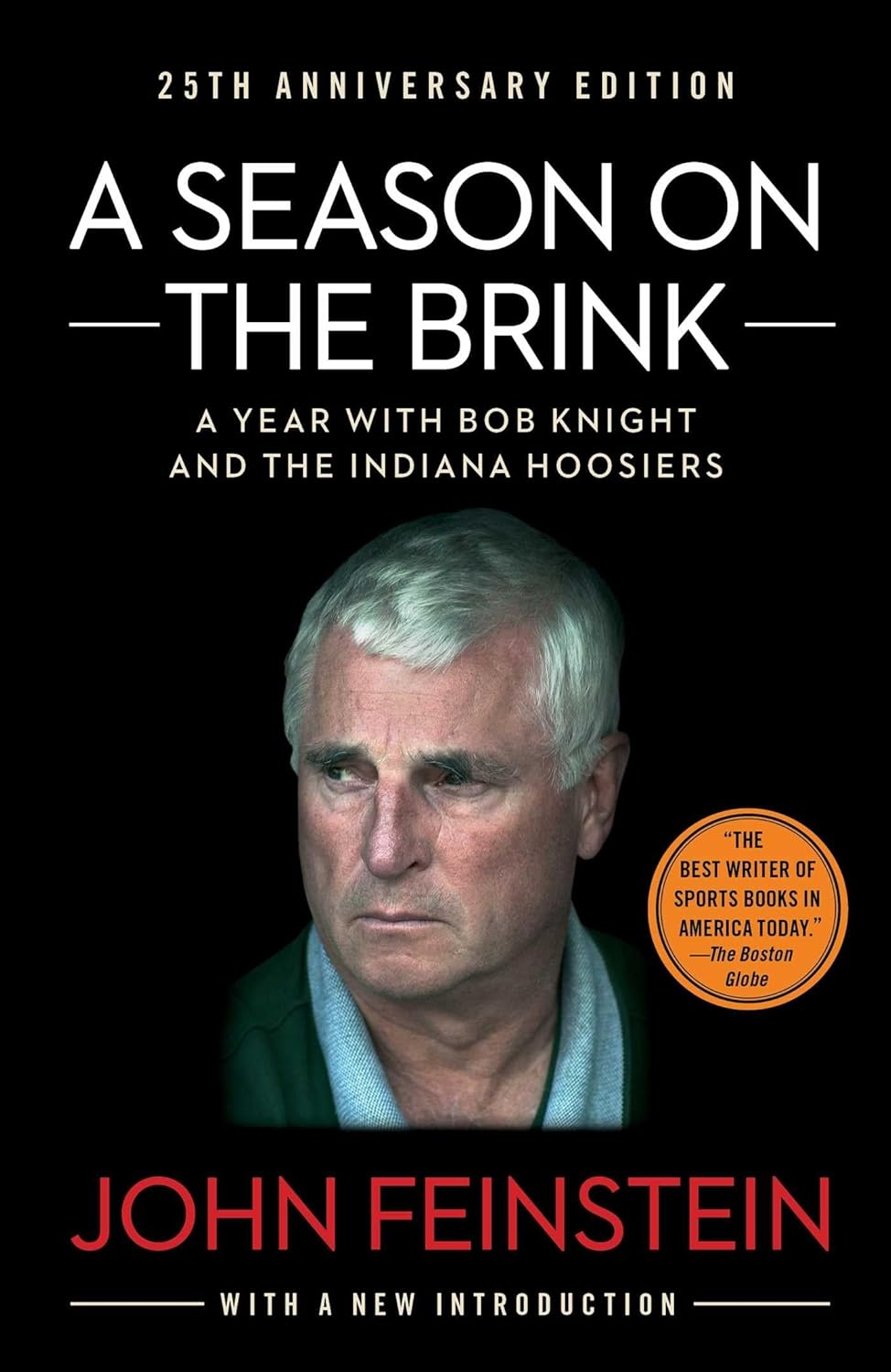WHY TODAY’S HIGH SCHOOL BASKETBALL PLAYERS FACE THE TOUGHEST CHOICE IN HOOPS DEVELOPMENT
The basketball development landscape for young ballers has transformed completely. Gone are the days when future NBA stars like LeBron and Kobe developed their games through endless hours of neighborhood pickup. In 2025, elite basketball prospects face a brutal decision with limited time and resources: commit fully to the grueling AAU circuit or dedicate those same hours to specialized skills training? For that 15-year-old basketball player with college and pro aspirations, this either-or choice will likely define their basketball future.
THE AAU GRIND: ALL-IN COMMITMENT
When summer hits, America’s gyms fill with sneaker-sponsored tournaments showcasing elite youth basketball talent. College coaches pack the baselines with notepads. Highlight reels flood Instagram and TikTok. For some players, it’s the perfect basketball development path—but it requires total commitment.
“Elite AAU basketball isn’t a part-time endeavor anymore,” explains former Division I assistant coach M. Williams. “Between travel, tournaments every weekend, and team practices, it’s practically a full-time job for players serious about high-major college recruitment.”
The reality? AAU demands 20+ weekends annually, thousands in expenses, and endless travel hours. With such demands, there’s little time left for dedicated skills development. So which players should choose this all-consuming path?
THE READY-MADE ATHLETE: If you’re already physically dominant with a natural feel for the game, AAU puts you directly in front of decision-makers. Players with college-ready bodies and explosive athleticism can shine immediately against top competition.
THE CONNECTOR: Unselfish players who make teammates better—the pass-first point guard or the vocal defensive anchor—often stand out in the team setting of AAU ball, where chemistry must develop quickly.
THE LATE BLOOMER SEEKING EXPOSURE: Sometimes a player isn’t getting attention at their high school but needs opportunities to showcase their talent. The right AAU program can provide that platform.
THE SKILLS LAB: THE ALTERNATIVE PATH
Then there’s the counter-movement: elite basketball prospects who’ve completely rejected AAU basketball to embrace intensive skills development instead. This path isn’t part-time either—it requires the same hours, just allocated differently.
“What separated Steph Curry from his peers wasn’t AAU exposure but his obsessive commitment to skill development when others were just collecting tournament trophies,” says renowned NBA skills trainer Drew Hanlen. “While competitors played eight tournament games in a weekend, Curry was in empty gyms perfecting his shooting form through thousands of repetitions.”
This alternative development path requires 15-20 hours weekly of dedicated basketball skills work, specialized performance training, and intentional practice sessions. For players choosing this route over AAU, these archetypes thrive:
THE TECHNIQUE MASTER: Players needing mechanical refinement—shooting form adjustments, developing off-hand skills, or footwork improvements—benefit from dedicated drill work that’s impossible to get in game-heavy schedules.
THE PHYSICAL DEVELOPER: Late bloomers who need time to add strength, speed, or explosiveness can use the time others spend traveling to tournaments for strength and conditioning work.
THE BASKETBALL OBSESSIVE: Some players simply love the process—the empty gym, the repetition, the meticulous attention to detail. Kobe Bryant famously preferred 4 AM workouts to AAU weekends, and it served him well.
SUCCESS STORIES THAT BROKE THE MOLD
The AAU-or-bust mentality has been challenged by several notable success stories:
Steph Curry’s father Dell took him off the AAU circuit during key development years to overhaul his shooting mechanics and develop his handles. Those marathon training sessions helped create the greatest shooter in basketball history—despite minimal AAU exposure.
Kawhi Leonard wasn’t an AAU star but instead focused on fundamental development with trainer Clint Parks. His mechanical improvements and strength work transformed him from overlooked recruit to NBA champion and Finals MVP.
Klay Thompson played limited AAU basketball, focusing instead on shooting development sessions with his father, former NBA player Mychal Thompson. This foundation helped him become half of the Splash Brothers and one of the purest shooters in NBA history.
REAL TALK
Let’s keep it 100: Playing 10-15 minutes per AAU game while traveling across the country might look good on Instagram, but is it building your game? For many players, the answer is no.
“I’ve seen kids play in six high-profile tournaments but get worse as players because they’re never practicing,” says NBA skills coach Phil Beckner. “Games are for displaying skills, not developing them.”
The harsh reality? Most 15-year-olds need skill development more than they need exposure. College coaches aren’t making decisions on sophomores except for the absolute elite prospects. For everyone else, junior and senior years are when recruitment heats up—meaning now is the time to develop the skills that will make you recruitment-worthy later.
THE HARSH REALITY: WHY MOST PLAYERS CAN’T DO BOTH
Many basketball development experts suggest a hybrid approach—but let’s be real: for most families, this isn’t viable anymore:
- Time Constraints: Elite AAU programs now demand year-round commitment with fall/winter showcases, spring/summer tournaments, and team practices
- Financial Reality: Full AAU participation costs $3,000-$8,000 annually, leaving little budget for additional specialized training
- Geographic Barriers: Many players live hours from their AAU teams, making additional training logistically impossible
- Energy Limitations: Players performing in multiple weekend tournaments lack the physical and mental energy for dedicated skills sessions
“The idea that players can fully commit to both paths is increasingly unrealistic,” explains NBA skills trainer Mike G. “The elite AAU circuit has become so demanding that something has to give—and usually it’s fundamental skill development that suffers.”
MAKING THE DIFFICULT CHOICE: QUESTIONS EVERY PLAYER MUST ANSWER
For the 15-year-old basketball player at this critical development crossroads, the decision shouldn’t be made lightly. Ask yourself:
- What’s my current skill level honestly? (Most players overestimate their fundamental abilities) – Do your Hoopwrld Player Assessment – Link
- What specific skills hold me back from reaching the next level?
- What’s my body type and athletic potential? (Late bloomers often benefit from skills focus)
- What’s my realistic ceiling as a player? (D1, D2, international, or NBA aspirations)
- What can my family realistically afford in time and money?
- What learning environment helps me improve fastest?
THE BOTTOM LINE
Basketball development isn’t about collecting tournament credentials or social media highlights. The game rewards skill mastery, basketball IQ, and physical tools—three attributes that require intentional development through different pathways.
As Stephen Curry proved, choosing skills development over the AAU grind can create basketball greatness. As countless D1 recruits demonstrate yearly, the AAU path creates crucial exposure. The harsh reality is that most players must choose one path or the other. Make that choice based on your specific needs, not peer pressure or FOMO.
Want more elite basketball development insights? Follow HoopWRLD on Instagram @hoopwrldInc and visit our website for the complete guide to basketball development paths for youth players.
Keywords: youth basketball development, AAU basketball pros cons, skills training basketball, Stephen Curry training, basketball college recruitment, elite basketball training for teenagers




